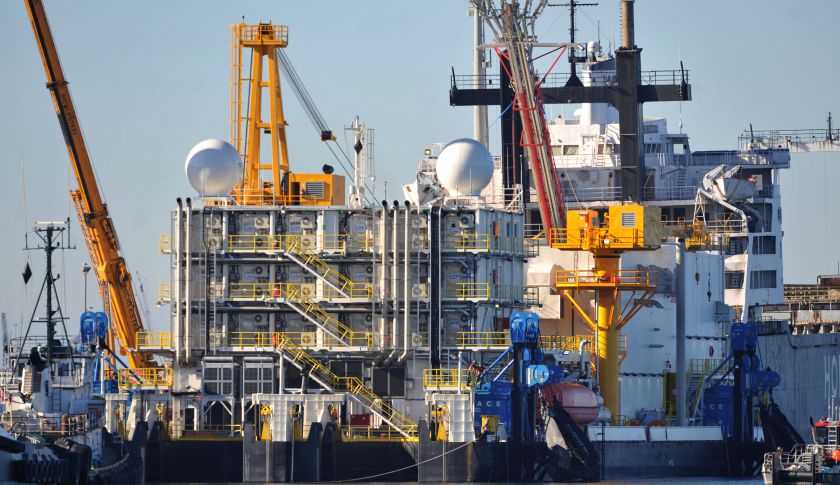
Energy giant Royal Dutch Shell said earlier this week it has decided to abandon its Arctic drilling project off Alaska’s northern coast after failing to make any significant undersea oil discoveries.
Shell’s decision to pull out of a nearly decade-long project that represented a $7 billion investment came amid a major drop-off in global oil prices that has made it more difficult for oil companies to profit from oil exploration, narrowing the margin of error on unpromising projects.
The move was welcomed by environmentalists who have been steadfastly opposed to Shell’s Arctic drilling near Alaska for some time, but now Alaskan officials are left wondering what they can do to generate more revenue from an 800-mile trans-Alaska oil pipeline that is currently operating at less than one-quarter capacity, according to the Associated Press. Alaska’s state government relies heavily on the oil industry, and plummeting crude oil prices have led to a statewide budget deficit that tops $3.5 billion.
Alaska Governor Bill Walker told the AP that the state needs to find another source to fill its pipeline as soon as possible to help alleviate some of the state’s budget issues. Walker has even suggested that the federal government allow natural gas drilling in the Arctic National Wildlife Refuge, a tough notion considering that the Obama Administration recently proposed setting aside more than 12 million acres of the area as protected wilderness, which would make drilling there off limits.
More Must-Reads from TIME
- Donald Trump Is TIME's 2024 Person of the Year
- Why We Chose Trump as Person of the Year
- Is Intermittent Fasting Good or Bad for You?
- The 100 Must-Read Books of 2024
- The 20 Best Christmas TV Episodes
- Column: If Optimism Feels Ridiculous Now, Try Hope
- The Future of Climate Action Is Trade Policy
- Merle Bombardieri Is Helping People Make the Baby Decision
Contact us at letters@time.com